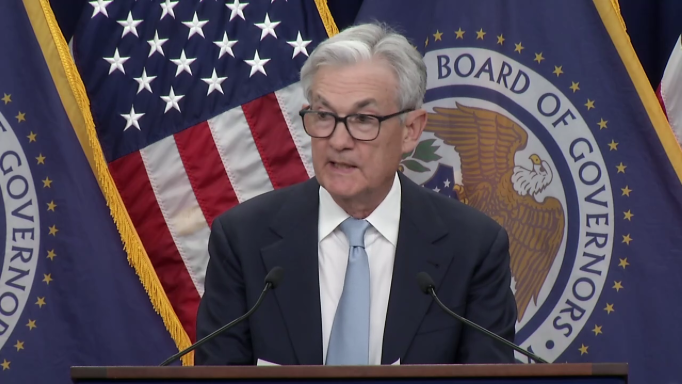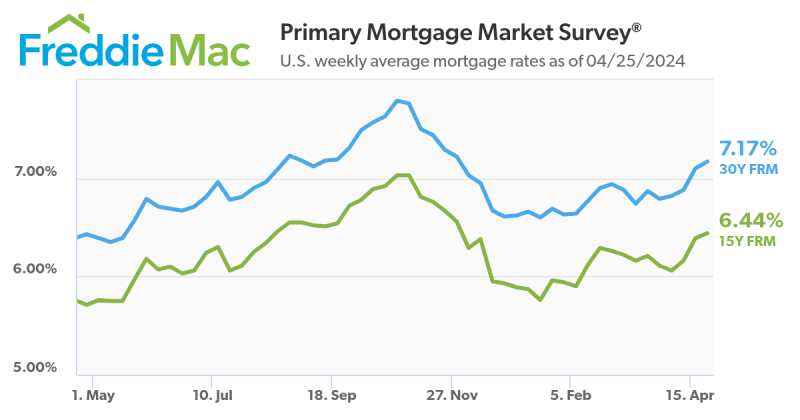
Fed OKs 9th Rate Hike In 12 Months

Boosts federal funds rate by another 25 basis points.
In its efforts to battle stubbornly high inflation while also balancing the needs of an unsteady banking industry, the Federal Reserve on Wednesday decided to boost its benchmark interest rate by another quarter point.
The announcement came at the conclusion of the Federal Open Market Committee’s (FOMC) second two-day meeting of the year, and marked the second-consecutive 0.25% increase in the target range for the federal funds rate, following an identical increase on Feb. 1.
The FOMC’s decision boosted the target range for the federal funds rate to between 4.5% and 5%. It was the ninth increase in the rate since March 2020, when the Fed began its battle to tame inflation.
The Consumer Price Index rose 0.4% in February on a seasonally adjusted basis, after increasing 0.5% in January, the U.S. Bureau of Labor Statistics reported last week. Over the last 12 months, the all-items index increased 6% before seasonal adjustment, the BLS said.
The index for shelter was the largest contributor, accounting for over 70% of the increase.
In his opening statement during a news conference following the meeting, Fed Chairman Jerome Powell said “inflation remains too high, and the labor market continues to be very tight. My colleagues and I understand the hardship that high inflation is causing, and we remain strongly committed to bringing inflation back down to our 2% goal.”
He noted that “inflation has moderated somewhat since the middle of last year, but the strength of these recent readings indicates that inflation pressures continue to run high.” He also said the labor market remains “extremely tight,” with job gains increasing in recent months. While the unemployment rate remained low in February at 3.6%, job vacancies remained high, and “labor demand substantially exceeds the supply of available workers,” he said.
In the FOMC’s Summary of Economic Projections (SEP), which was updated during the two-day meeting, the committee projects the median unemployment rate to increase to 4.5% by the end of the year, and to 4.6% by the end of 2024 due to its tightening of monetary policy.
Powell, though, said the FOMC built into its latest projections the effects of the banking crisis, which he said is likely to result “in tighter credit conditions for households and businesses, which would, in turn, affect economic outcomes.”
“It is too soon to determine the extent of these effects and therefore too soon to tell how monetary policy should respond,” he said. “As a result, we no longer state that we anticipate that ongoing rate increases will be appropriate to quell inflation; instead, we now anticipate that some additional policy firming may be appropriate.”
He said the committee will “closely monitor incoming data” and assess the actual and expected effects of tighter credit conditions on not just economic activity, but also the labor market and inflation, “and our policy decisions will reflect that assessment.”
If the economy evolves as projected, he said, “the median participant projects that the appropriate level of the federal funds rate will be 5.1% at the end of this year, 4.3% at the end of 2024, and 3.1% at the end of 2025.”
The FOMC has six more meetings scheduled for 2023, including its next meeting set for May 2-3, but its updated SEP suggests it will increase the rate just once more this year. In part, Powell said, that’s because the tightening of credit conditions has a similar effect to a rate hike.
Committee members expect to see inflation moving down gradually, and “don’t see rate cuts this year,” Powell said during the news conference. “That’s not our baseline expectation.”
He added, “Tightening of credit conditions are substitutes for rate hikes, but at the end of the day, we will do enough to bring down inflation. No one should doubt that.”
Michele Raneri, vice president and head of U.S. research and consulting at TransUnion, said the fact that the Fed raised rates again “serves as further evidence that despite the consideration warranted to other real-time financial developments, and some positive signs in recent inflation reports, the Fed believes work remains to be done.”
“From a consumer credit perspective,” she said, “the impact of further rate hikes will likely continue to be felt by borrowers, particularly in industries such as mortgage and credit cards.”




